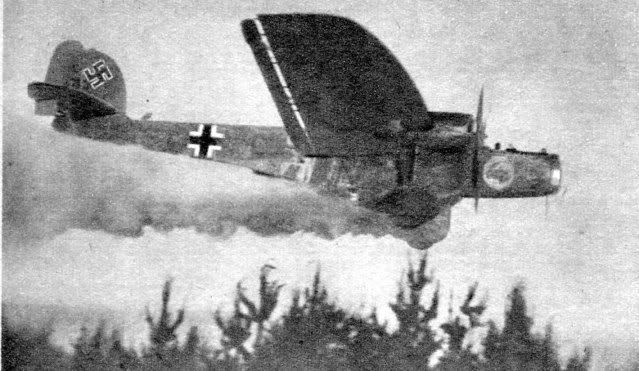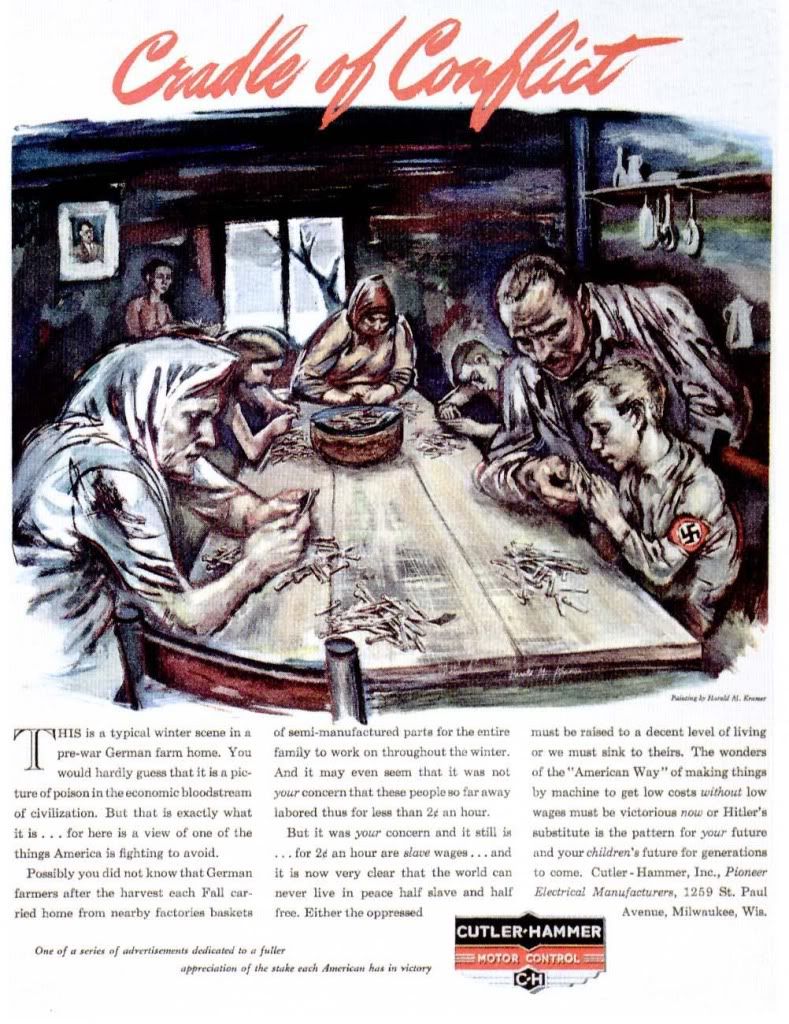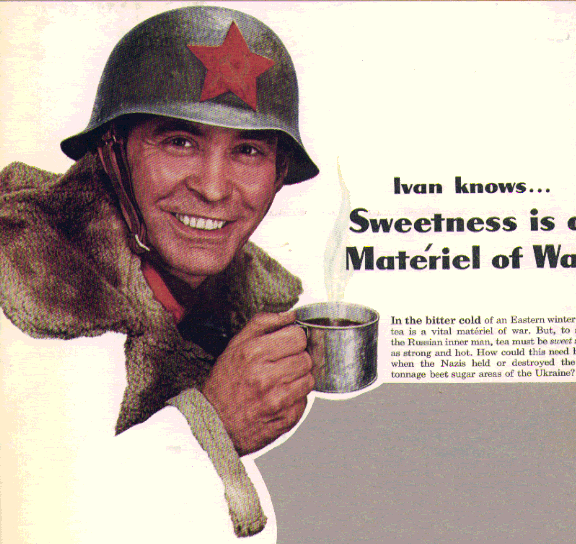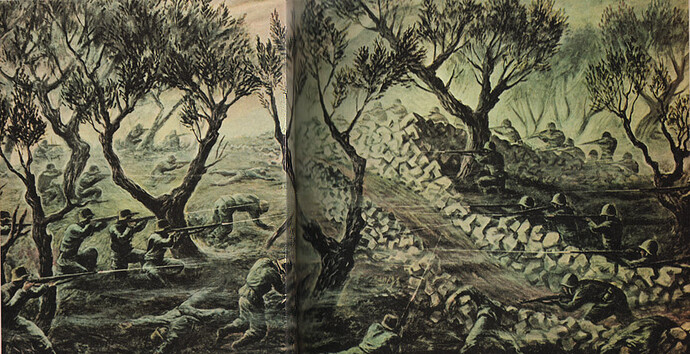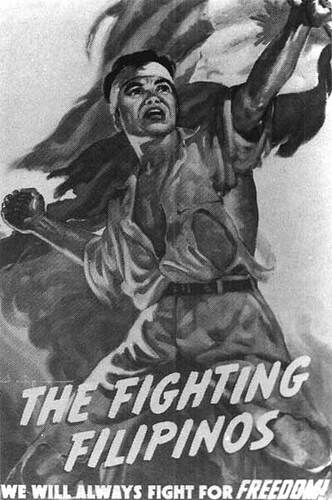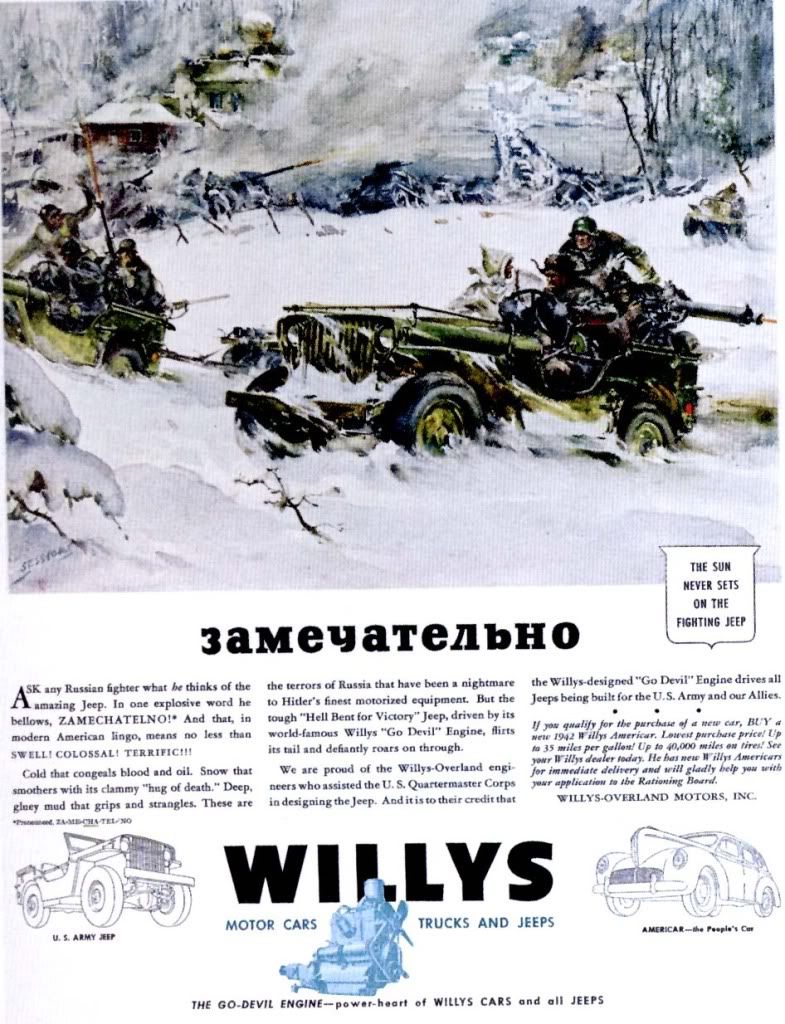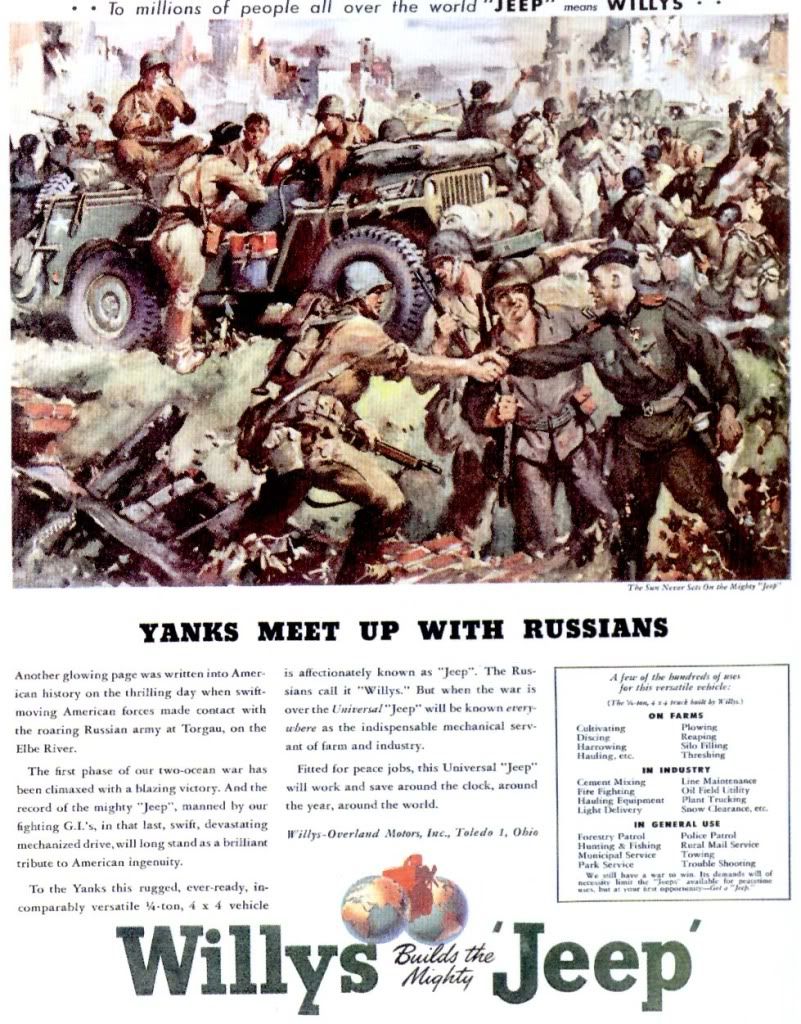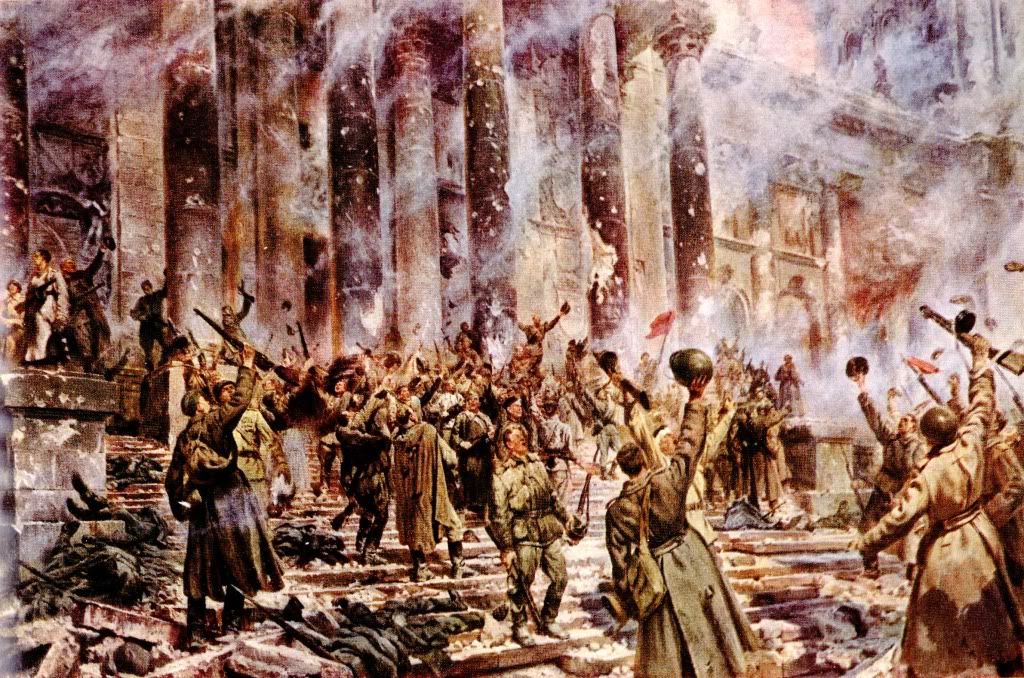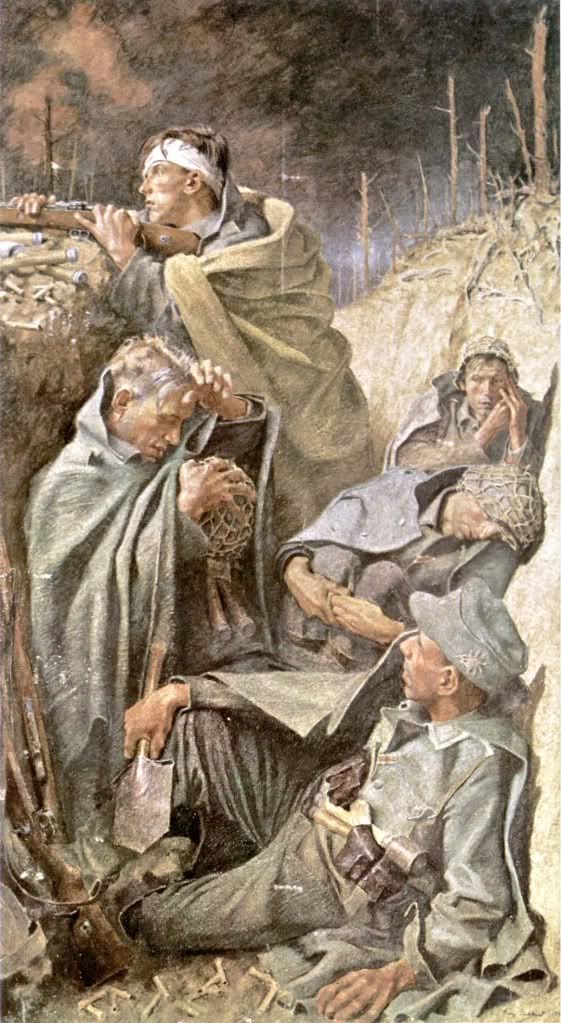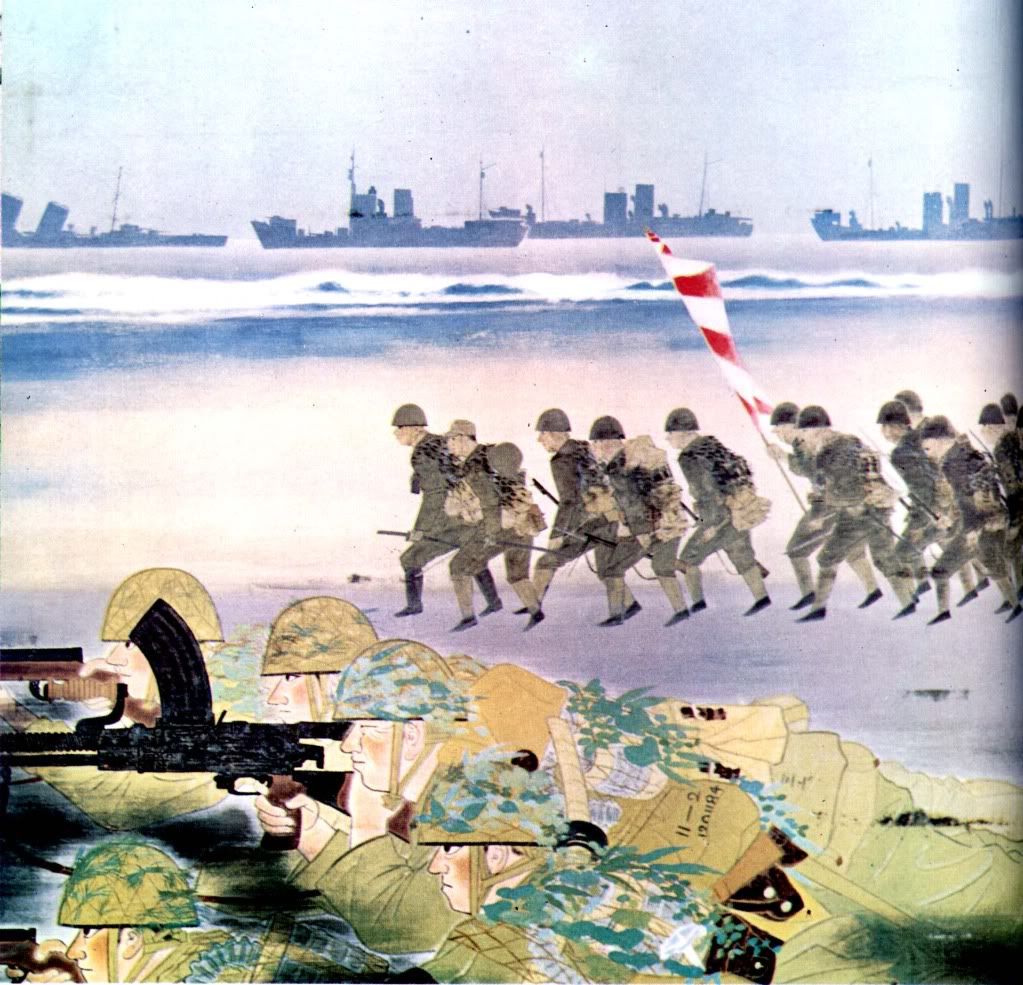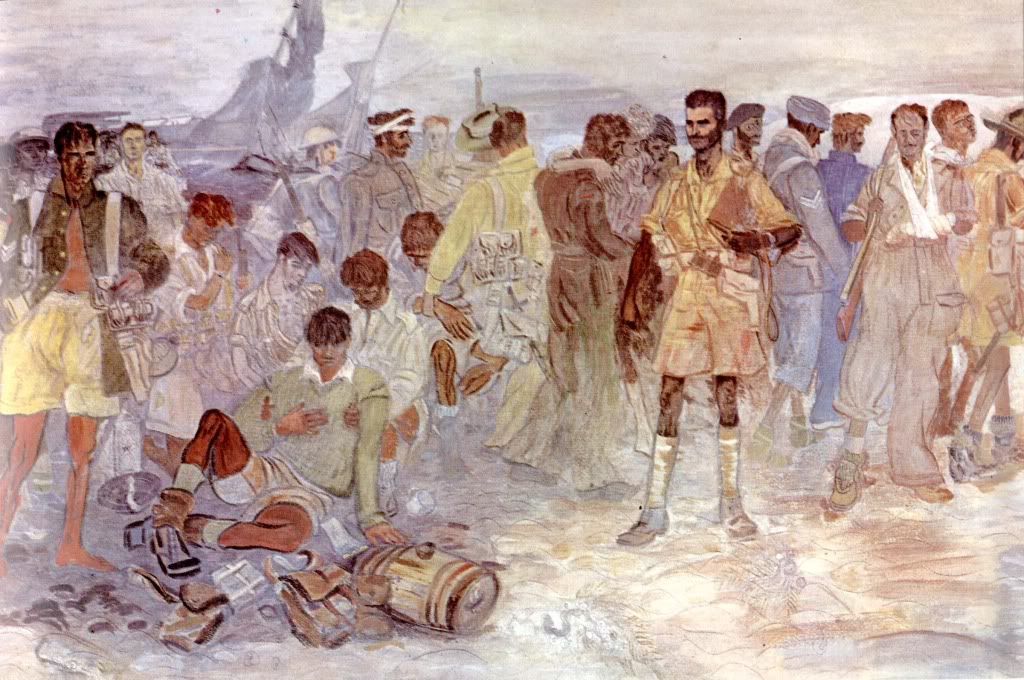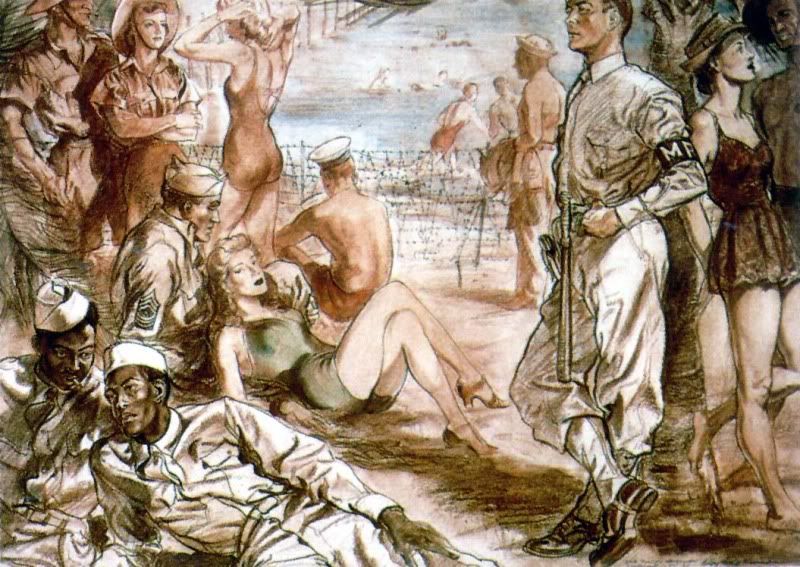Good evening, honorable ladies and gentlemen. I had a truly demanding daylight hours, but, fortunately, I had plenty of time to recover and to prepare my answers as well. 
I would add that smaller caliber antiaircraft units could also wreak havoc on low level “crop dusting” medium bombers and attack aircraft…
Not obligatorily, my dear Sir. Actually, they would have been quite ineffective for adequate protection of employed ground troops. You see, numerous mathematical analyses undertaken by various scientific teams in Germany, USSR, Great Britain and USA as well, have concluded that the low-level attacks could be delivered to the enemy in a very cost-effective way, for the reason that the attacking aircraft can neither be accurately detected nor efficiently suppressed.
I think that this magnificent practical presentation undertaken not so long ago by Mr. Pete Teichman will be able to efficiently demonstrate all those advantages of the low-level attacking:
http://www.youtube.com/watch?v=9O6Eg_6DTso
A little bit more up to date variant of the low-level attacking advantages is presented here:
http://www.youtube.com/watch?v=fisq2v_w0wg&feature=related
You see, my dear Mr. Nickdfresh, only the fully in-depth developed variant of a so called umbrella-type of the AA barrage would have been adequate for the effective protection of those ill-fated ground troops. Unfortunately, the average ammunition expenditure for that activity is almost completely unattainable for all maneuvering units without fully mechanized light AA guns. Furthermore, if outfitted with some supplemental armor panels added to the bottom of the fuselage and protecting the fuel tanks and pilot, the engine cowling, and the landing gear mechanisms, attacking airplanes were able to achieve some additional advantages, like practical immunity to the small-arms fire.
Furthermore, with a carefully selected and sufficiently chemically stabilized toxic compounds, all those surprised ground troops would have been lifeless approximately 4-10 seconds after the speedy combat flypass. It was well-known, for example, that inhalation of the HCN in concentration of 300 mg/m3 is immediately fatal (Patty, 1942), and those concentrations were fully achievable in mid-fourties.
For example, imagine this technical configuration: four streamlined liquefied gas dispensers, each holding cca 85 – 100 l and weighing approximately 170-190 kg, are fastened to racks underneath the wings of the Republic P 47 Thunderbolt. When the discharge line is operated in a high speed low level flight (supported by long salvos of those 12,7 mm machine guns if necessary) by electrical means controlled by the pilot, the pisonous chemical runs out of the tank and is broken by the air blast into a finely atomized cloud of droplets, which fall to the ground forming a rectangular, clearly visible pattern.
The larger drops fall almost underneath the plane, while the small ones are carried farther down-wind. The length of the pattern is the distance that the airplane has traveled during the time the tank was emptied. The lower the airplane and slower the wind, the narrower the pattern (and vice versa). A wind at right angles to the line of flight gives a wider pattern than a parallel wind.
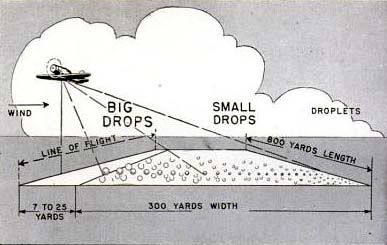
Low-altitude fighter bomber gas dispersing – completely apposite combination for a cost-effective combat
Now imagine our dearly beloved high-power birdie hurling some 15 meters above the ground with 550-600 km/h, and peppering everything with 0.50 cal. fire. Approximately an area about half a mile long by about a quarter a mile long may be covered by one of the four tanks. If necessary, all four tanks could be use in the same time too for more intensive saturation. The entire area thus covered is contaminated by highly toxic vapor and droplets of chemical. Since the agent has been finely atomized, evaporation is very rapid, and the immediate concentration of gas in the air is extremely high, greater then obtained by any other weapon, with the lethal effects produced more quickly, and all the toxic possibilities of the agent more completely realized.
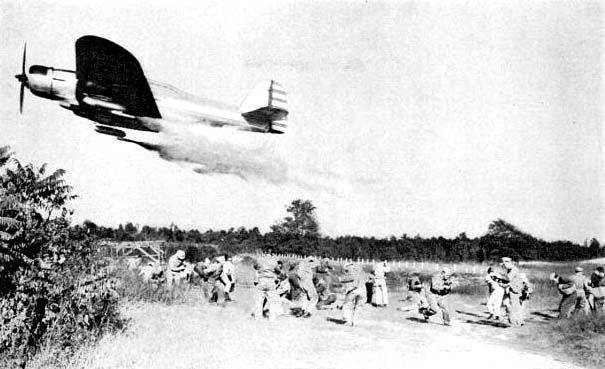
Tally Ho! Good old Coughin’ Coffin Jug is speeding and pouring in a low-level chemical attack: enemy will be unable even to aim successfully
By my personal opinion, my dear Mr. Nickdfresh, those old American engineers, tacticians and technicians possessed an adequate amount of preparation and exercise to write down some intriguing headlines, like “Performance That Proves Progress”.
Hi Librarian,are these from Life magazine ?
Howdy, my dear Mr. Windrider. No, not only from “Life”, but also from “Colliers”, “Esquire”, “Look”, “Good Housekeeping”, and “The Saturday Evening Post”. 
about aerial spraying : I remember that the americans spayed some insecticide in the jungles of the pacific to try to control malaria infested mosquitos. (DDT ?)
could it be the same unit posted above ?
Sorry, my dear Mr. Windride I don’t know. All subsequent transfers and reallocations of military units engaged in those experiments at Orlando Rage and Chemical Yards were not mentioned in literature that was available to me. 
And finally, another startling ad from the forties. I am sure that additional comments are completely unnecessary:
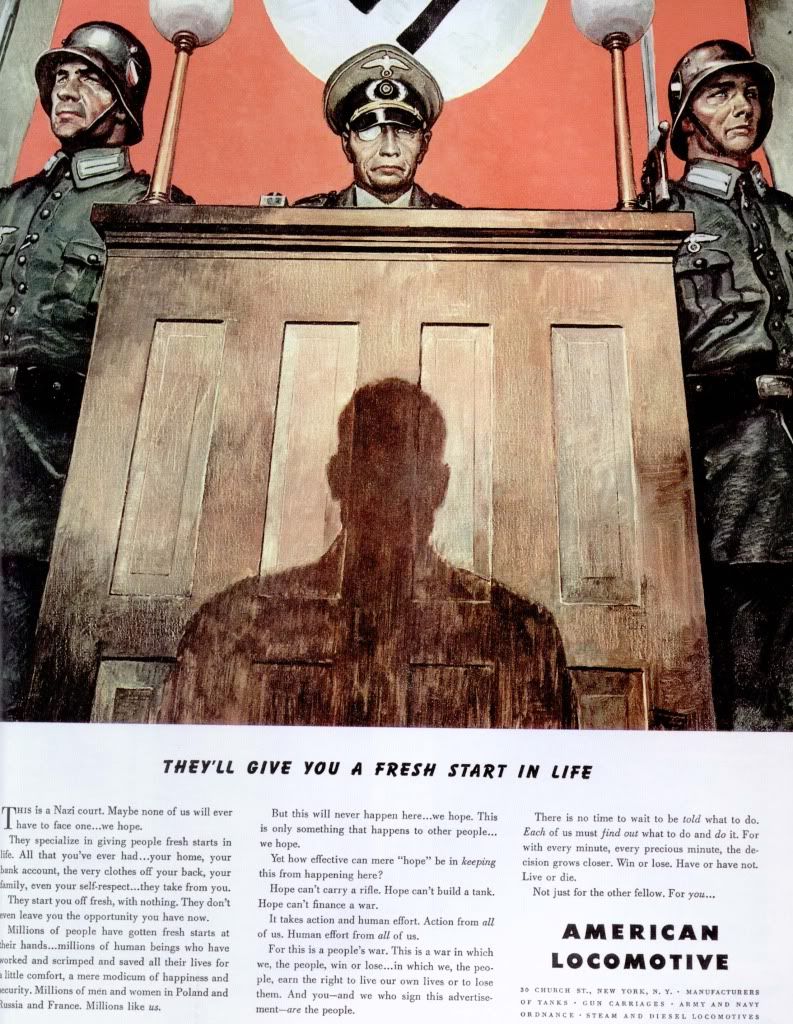
In the meantime, honorable ladies and gentlemen, as always – all the best! 



